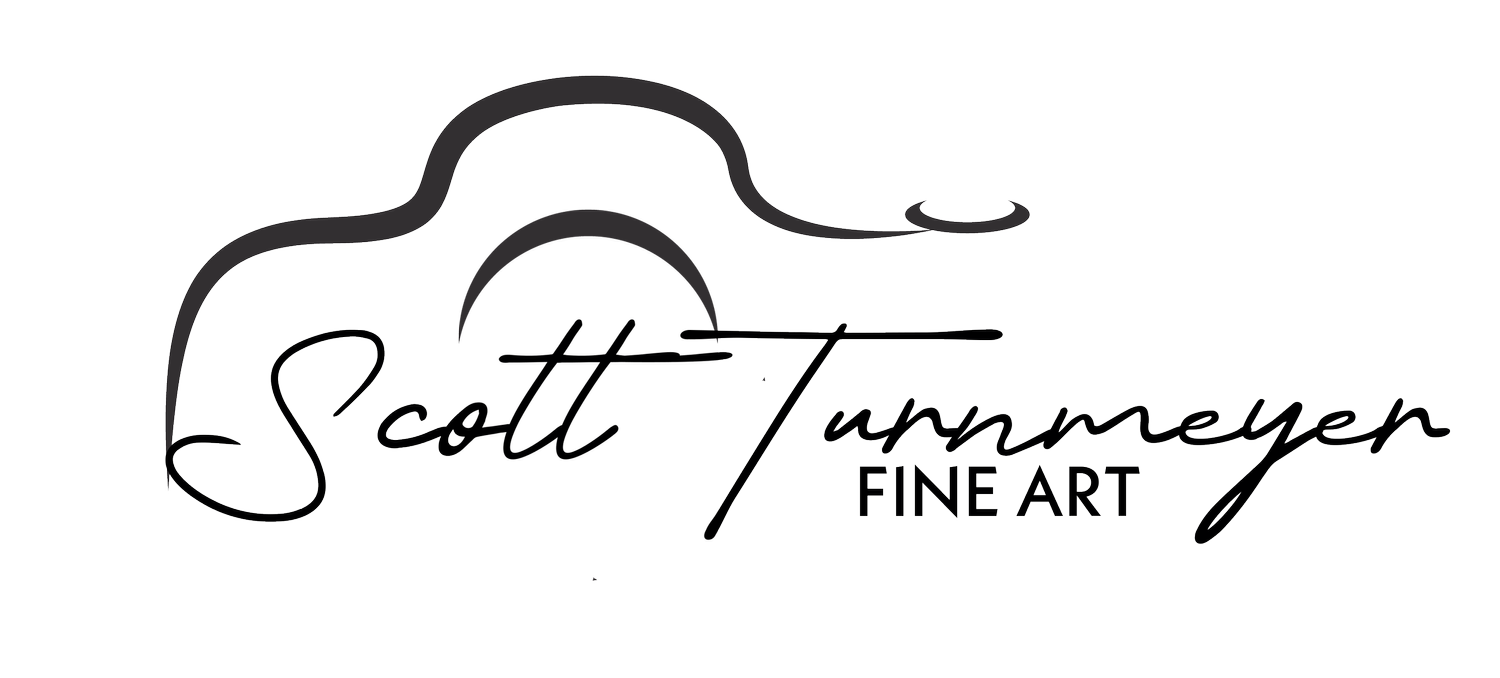Understanding ISO on Digital Cameras: A Beginner's Guide
If you're new to photography, you might have come across the term ISO and wondered what it means and how it affects your photos. ISO is one of the three pillars of photography, along with aperture and shutter speed, and it plays a crucial role in determining the exposure and quality of your images. In this beginner's guide, we'll break down what ISO is, how it works, and how you can use it to improve your photography.
What is ISO?
ISO stands for International Organization for Standardization, but in the context of photography, it refers to the sensitivity of your camera’s sensor to light. In simpler terms, ISO controls how bright or dark your photos will appear.
How ISO Works
ISO values are typically represented as numbers: 100, 200, 400, 800, 1600, and so on. Here’s how these values work:
Low ISO values (e.g., 100 or 200): The sensor is less sensitive to light, which is ideal for shooting in bright conditions or when you want to minimize noise (graininess) in your images.
High ISO values (e.g., 1600 or 3200): The sensor is more sensitive to light, which is useful in low-light conditions or when you need to use a faster shutter speed. However, higher ISO values can introduce noise into your photos, making them appear grainy.
When to Use Different ISO Settings
Understanding when to adjust your ISO can help you capture better photos in various lighting conditions. Here are some scenarios and the appropriate ISO settings to use:
Bright Daylight (ISO 100-200):
Use a low ISO setting when shooting in bright sunlight to keep your images clear and free of noise.
This is ideal for outdoor portraits, landscapes, and other well-lit scenes.
Overcast Days or Shade (ISO 200-400):
On cloudy days or in shaded areas, you might need to increase your ISO slightly to maintain a good exposure without sacrificing image quality.
This setting is also suitable for indoor shots with ample natural light.
Indoors or Low Light (ISO 800-1600):
When shooting indoors or in low-light conditions, increasing the ISO will help you capture brighter images without having to use a flash.
This is useful for events, indoor portraits, and evening scenes.
Night Photography or Action Shots (ISO 1600 and above):
For night photography, concerts, or fast-moving subjects, you may need to use a high ISO to achieve a proper exposure and fast shutter speed.
Be mindful of the noise that can be introduced at higher ISO settings and use noise reduction techniques if necessary.
Balancing ISO with Aperture and Shutter Speed
ISO is just one part of the exposure triangle, along with aperture and shutter speed. Here’s a quick overview of how they work together:
Aperture: Controls the amount of light entering the lens. A wide aperture (low f-number) lets in more light, while a narrow aperture (high f-number) lets in less.
Shutter Speed: Controls the duration the camera’s sensor is exposed to light. A fast shutter speed freezes motion but lets in less light, while a slow shutter speed captures more light but can cause motion blur.
When adjusting ISO, it’s important to find a balance with aperture and shutter speed to achieve the desired exposure and creative effect. For example:
In low light, if you want to avoid a slow shutter speed (to prevent motion blur) and can’t widen the aperture further, increasing the ISO is the solution.
Conversely, in bright conditions, you might lower the ISO to avoid overexposure while using a narrower aperture for greater depth of field.
Practical Tips for Using ISO
Start Low: Always start with the lowest ISO setting and increase it only as necessary. This helps maintain the highest image quality.
Experiment: Practice shooting in different lighting conditions to understand how ISO affects your images. Compare photos taken at different ISO settings to see the impact on brightness and noise.
Use Auto ISO: Many cameras have an Auto ISO feature that adjusts the ISO based on the lighting conditions. This can be handy when you’re starting out, but be aware of its limitations and learn to adjust ISO manually for more control.
Conclusion
Mastering ISO is essential for improving your photography and gaining creative control over your images. By understanding how ISO affects exposure and noise, and how to balance it with aperture and shutter speed, you can capture stunning photos in a variety of lighting conditions. Don’t be afraid to experiment and practice—soon, adjusting ISO will become second nature, and you’ll be well on your way to becoming a more confident and skilled photographer.
Don’t forget to follow me on all of the socials below and tag me in your photos showcasing the Rule of Thirds or when you decided to breakaway. Happy Shooting! - Scott



